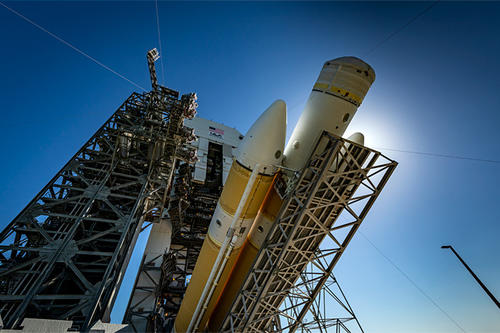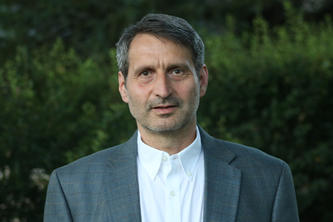
Swooping closer to the sun than any previous mission, a new NASA spacecraft will probe the star’s corona—and its two biggest secrets—with help from University of Minnesota space physicists.
The physicists, with colleagues at other institutions, make up one of four teams chosen to design experiments for the Parker Solar Probe (PSP), which was launched from Cape Canaveral the morning of August 12, 2018.
“It’s a dream mission,” says physicist Keith Goetz, principal investigator for the U of M’s PSP team. “It’s the most interesting thing in space physics.”
PSP will plunge so close to the sun that if the Earth and the sun were at opposite goal lines on a football field, PSP would reach the sun’s 4-yard line. The closest any previous spacecraft has come is the 29-yard line.
The corona: solar furnace and fountain
PSP aims to solve two mysteries. First, how are subatomic particles that escape from the sun’s surface to the corona—the solar atmosphere—heated to millions of degrees? Second, how does the corona accelerate these particles to form the solar wind, a constant, 3-D torrent spewing from the corona at up to a million miles per hour?
When it collides with Earth’s magnetic bubble, the solar wind may lead to spectacular auroras. But its stronger gusts can endanger astronauts and power grids. By revealing the underpinnings of the solar wind, data from PSP will make it easier to predict and take precautions against its more violent outbursts.
- Categories:
- Science and Technology





